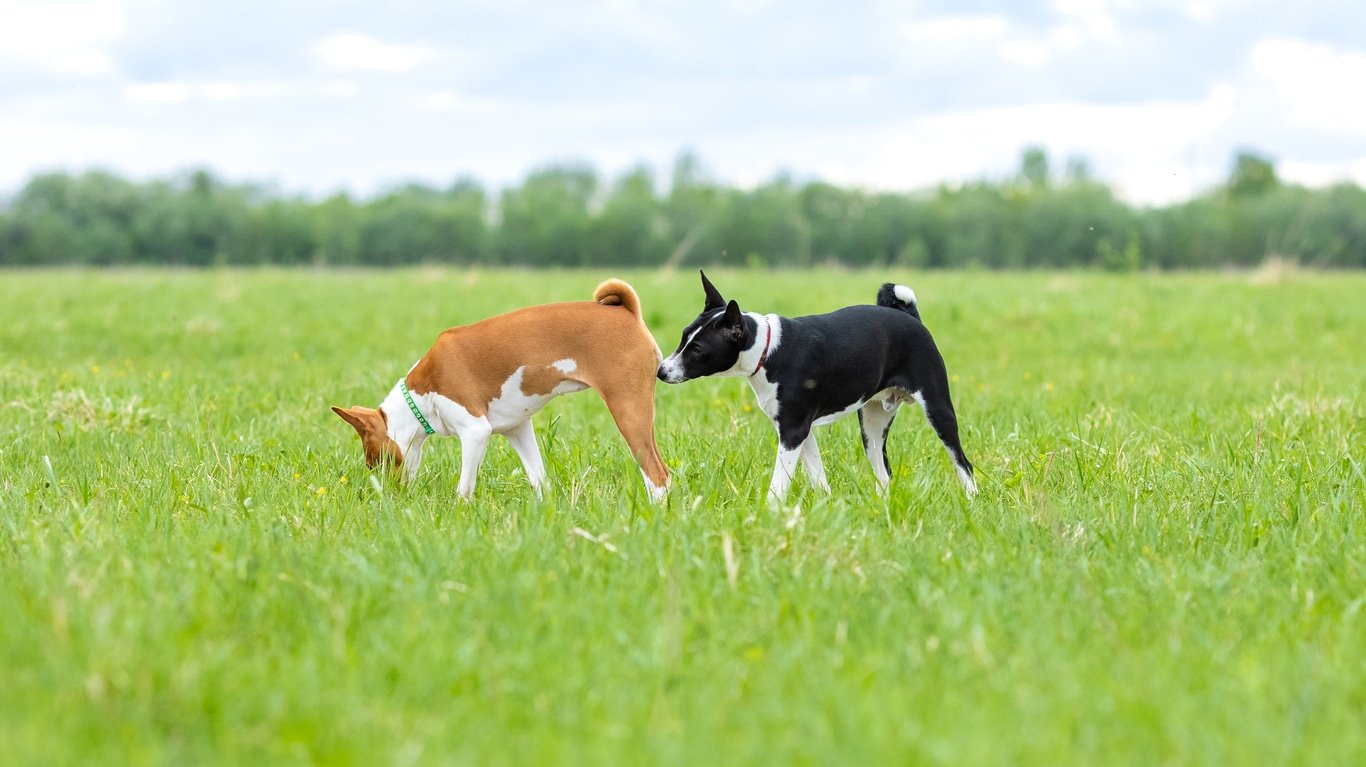Are you a proud owner of a Basenji? This breed is known for its energetic, playful, and curious nature. However, without proper training, your furry friend can become quite a handful. In this article, we provide expert advice on Basenji training tips to help your dog become a well-behaved and happy companion.
Understanding Your Basenji’s Behavior
Before starting any training, it’s important to understand your Basenji’s behavior. They are an intelligent breed but can be stubborn at times. They are also highly active and need plenty of exercise and mental stimulation to avoid destructive behavior. Understanding these traits can help you tailor your training plan to suit your Basenji’s specific needs.
Exercise and Mental Stimulation
Basenjis require a lot of exercise to maintain their physical and mental health. They excel at activities that challenge them mentally, such as agility courses or puzzles. These activities help keep their minds sharp and prevent boredom, which can lead to destructive behavior. Make sure you set aside time each day for exercise and playtime to keep your Basenji happy and healthy.
Socialization
Socialization is an essential part of Basenji training. This breed can be wary of strangers and other animals, so early socialization is key to preventing aggression and anxiety. Introduce your Basenji to new people and animals early on, and reward positive interactions with treats or praise.
Basic Commands for Basenji Training

Training your Basenji basic commands is important for their safety and well-being. Below are some essential commands to teach your furry friend.
Sit
Teaching your dog to sit is a fundamental command that helps in many situations, such as when greeting visitors or crossing the road. To teach your Basenji to sit, hold a treat above their head and move it towards their tail. As they follow the treat, their rear end should lower to the ground. Once they are in a sitting position, give them the treat and praise them.
Come
Teaching your Basenji to come when called is crucial for their safety. Start by calling your dog’s name and saying “come.” When they come towards you, give them a treat and praise them. Repeat this exercise several times a day, gradually increasing the distance between you and your dog.
Stay
The stay command teaches your Basenji to remain in one place until released. This command is useful in situations where you need your dog to stay put, such as when answering the door or crossing the road. To teach your Basenji to stay, ask them to sit, then show them your hand with your palm facing them and say “stay.” Move away from your dog a few steps, then return to them and offer a treat and praise if they stayed in place. Gradually increase the distance and time that your dog stays until they can stay in one place for several minutes.
Crate Training Your Basenji

Crate training is an effective way to provide your Basenji with a safe and comfortable space when you’re not at home or need to keep them contained. Follow these tips to make crate training a positive experience for your furry friend.
Choose the Right Size Crate
Make sure you choose the right size crate for your Basenji. The crate should be large enough for your dog to stand up, turn around, and lie down comfortably. If the crate is too small, your Basenji may feel cramped and uncomfortable.
Introduce the Crate Slowly
Introduce the crate slowly to your Basenji. Start by placing treats inside the crate and leaving the door open. Encourage your dog to go inside the crate by placing treats near the entrance. Once they are comfortable going in and out of the crate, start closing the door for short periods while you’re in the same room.
Use Positive Reinforcement
Positive reinforcement is key to crate training your Basenji. Give them treats and praise when they go inside the crate voluntarily or stay inside without crying. Avoid using the crate as punishment, as this can make your dog associate it with negative experiences.
Dealing with Behavioral Issues

Even with proper training, Basenjis can sometimes exhibit problematic behavior. Here are some tips for dealing with common behavioral issues.
Separation Anxiety
Basenjis are prone to separation anxiety and may become destructive when left alone for long periods. To prevent this, gradually introduce your dog to being alone for short periods each day. Leave them with a toy or treat to keep them occupied, and gradually increase the length of time they are alone.
Excessive Barking
Basenjis are known for their vocal nature and can be quite loud when excited or bored. To prevent excessive barking, provide plenty of exercise and mental stimulation to keep your dog entertained. When they do bark excessively, ignore themand don’t give them attention, as this can reinforce the behavior. You can also train your Basenji to stop barking on command by using the “quiet” command and rewarding them when they comply.
Destructive Behavior
Basenjis are an active breed that requires plenty of exercise and mental stimulation. Without these outlets, they may become bored and engage in destructive behavior such as chewing or digging. To prevent this, make sure your Basenji gets enough exercise and provide plenty of toys and puzzles to keep them mentally stimulated. If your dog engages in destructive behavior, redirect them to a more appropriate activity and praise them when they comply.
Conclusion
Training your Basenji is a crucial part of being a responsible dog owner. By understanding your Basenji’s behavior and needs, you can tailor your training plan to help your furry friend become a happy and well-behaved companion. Remember to be patient and consistent in your training, and always use positive reinforcement techniques. With time and effort, your Basenji will become a well-trained and beloved member of your family.




